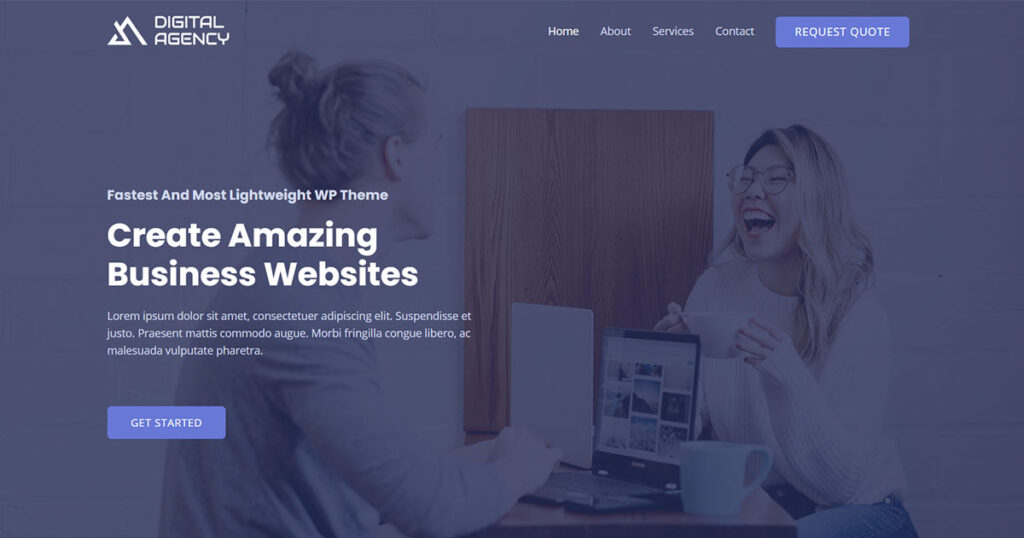In today’s digital-first world, businesses of all sizes rely on advertising platforms to reach their target audience, drive traffic, and grow revenue. But with so many ad platforms available—each promising better targeting, higher ROI, and real-time analytics—it’s easy to get overwhelmed.
So, how do you choose the right ad platform for your specific business needs?
This guide breaks it down step-by-step.
🚀 1. Understand Your Advertising Goals
Start with the why. Are you trying to:
- Drive traffic to your website?
- Increase mobile app installs?
- Boost brand visibility?
- Generate leads or sales?
Your goals will determine which platform features are most important.
For example:
- Google Ads is great for intent-based search campaigns.
- Programmatic platforms like DSPs offer automated ad buying at scale.
- Social platforms (like Meta or LinkedIn) are ideal for targeting specific demographics and interests.
🎯 2. Know Your Audience
Understanding your audience helps you pick platforms where they actually spend time.
Ask:
- Are they using mobile or desktop?
- Which sites/apps do they frequent?
- Are they active on social media or forums?
Example:
If you’re targeting professionals, LinkedIn Ads might work better than TikTok.
If you’re targeting gamers, a programmatic video ad platform or mobile DSP might be more effective.
🛠️ 3. Decide Between Self-Serve vs. Managed Platforms
There are generally two types of platforms:
- Self-Serve Platforms (like Google Ads or Facebook Ads): Give you control but require expertise.
- Managed Platforms (like white-label ad exchanges or agency-managed DSPs): Come with support and customization, but may involve higher costs.
If you’re a small business with limited time, consider platforms that offer automation and support.
If you’re an agency or tech-savvy team, a white-label ad exchange like AdxBridge offers flexibility and control.
💰 4. Evaluate Pricing Models
Ad platforms charge in different ways:
- CPM (Cost per 1,000 Impressions)
- CPC (Cost per Click)
- CPA (Cost per Action)
- Flat monthly fees (common in white-label or custom platforms)
Choose a platform with a pricing model that aligns with your goals and budget.
For branding? Go for CPM.
For direct sales or conversions? CPA may be better.
📊 5. Look at Targeting & Reporting Capabilities
A great ad platform should offer:
- Advanced targeting (geo, device, behavior, interest)
- Real-time analytics
- A/B testing features
- Custom reporting dashboards
Platforms like Google AdX or a white-label programmatic solution will give you deep insights and control over your ad inventory.
🔒 6. Ensure Transparency & Fraud Protection
Ad fraud is real. Choose platforms that offer:
- Viewability measurement
- Bot detection
- Integration with fraud detection tools
This is especially crucial for programmatic ad exchanges where large volumes of traffic are involved.
🧩 7. Assess Integrations & Scalability
If you plan to grow, pick a platform that integrates with:
- DSPs (Demand-Side Platforms)
- SSPs (Supply-Side Platforms)
- Ad servers (like Google Ad Manager)
- CRMs and analytics tools
Scalability matters. What works for a $500 campaign today should also work for a $50,000 campaign tomorrow.
🧠 8. Consider White Label Platforms
If you’re an agency or media buyer looking to scale, white-label ad platforms (like AdxBridge) let you:
- Launch your own ad exchange under your brand
- Integrate with multiple DSPs/SSPs
- Offer programmatic services without building from scratch
This gives you control, transparency, and long-term business ownership.
✅ Final Thoughts
The “right” ad platform isn’t one-size-fits-all—it’s the one that fits your:
- Goals
- Audience
- Budget
- Technical skill
- Growth plans
Whether you’re just starting or scaling fast, make sure to choose a platform that gives you the tools, control, and support to run high-performing campaigns.

